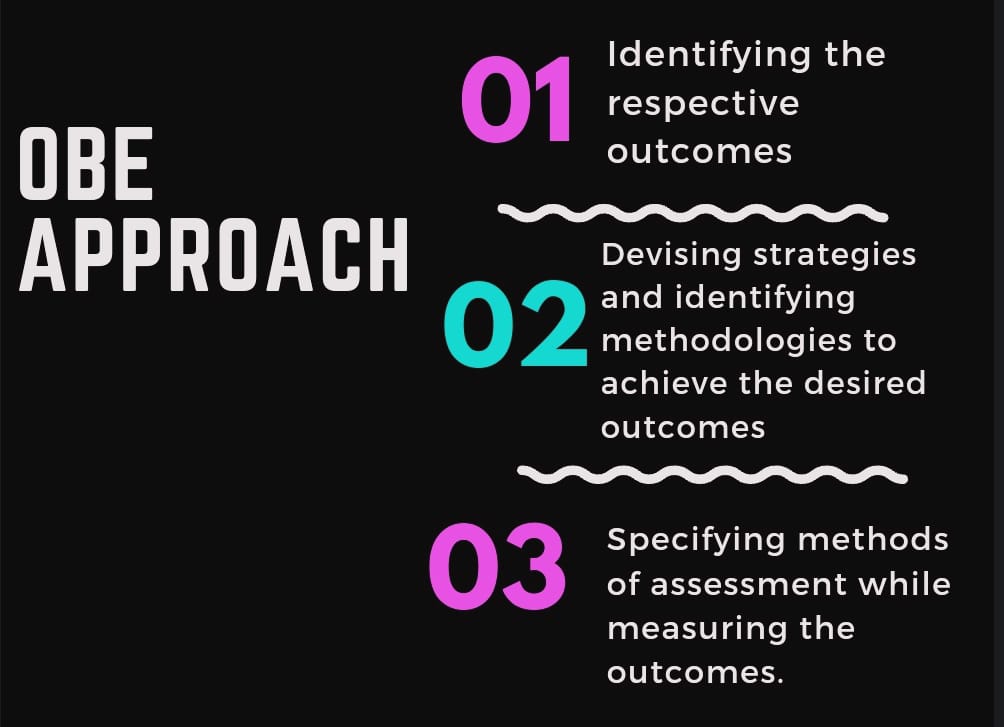Introduction
Ever wondered what is meant by choice-based education or choice-based credit system?
If so, you have reached the right place.
Choice-based education is built on a foundation of learning, where learners are cognitive enough to choose how they approach their educational content. They guide their (own) learning process, which fuels their enthusiasm and imbues their minds with confidence.
The choice-based credit system is a model of educational learning that enables the students to determine their selection of skill-based courses, subjects, etc. In CBCS, the grading system involves the learners earning credits each semester. In total, CBCS uplifts quality education and is based on a student-centric approach.
Choice-based education
Choice-based education is student-friendly learning that provides the learners with the opportunity to differentiate their learning methods. In addition, it makes the students more aware, knowledgeable and conscious of how they perceive their educational learning. This way, learners become competent and are given the autonomy to self-absorb and engage themselves in comprehensive learning by brimming them with an idea of gaining an in-depth knowledge of every concept they choose to read. Now, that you are acquainted with choice-based education, let us look at the guiding principles of this form of education.
1. Students should be able to interpret/understand the content
As Educators and Gurus, before you give your students the autonomy to encourage self-learning, be certain that they carry an idea or whatever concept/skill they are expected to educate themselves with. For instance, the (only) way of knowing this is during the period of ongoing teaching, which helps you know; whether your students have a grasp over the taught concept or not. The question that matters is how do we affirm this?
Well, encourage one-to-one feedback. It is the process that demands the response of a teacher concerning how a student is performing. The ultimate aim of giving this feedback is to infuse the learners with a positive attitude and confidence. Hence, understanding/comprehension is a crucial aspect of this choice-based education. Furthermore, it can be determined by assessment or tests conducted by a teacher.
2. Encourage brainstorming sessions
As educators, you can assess a student’s understanding by letting them become a part of brainstorming sessions. For instance, during class hours, call out a witty question (based on a learning concept) and allow the students to think, analyze and respond. Before answering, they affirm the same with their learning partners, discuss and then share their thoughts with the class. Such is an effective learning exercise that allows them to think beyond. Hence, before they choose to engage themselves in self-participatory learning, recognize if they are heading in the right direction of knowledge.
3. Encourage queries raised by the learners
During the learning process, it is quite certain how enthusiastic learners put forward their queries. In addition, they like to discuss and explore solutions to problems that seem difficult to decipher. Here, teachers serve as a strong pillar and instruct their queries along constructive lines. Mentors encourage problem-solving through a step-wise process and ascertain if the students understood the taught concept.
4. Encourage student feedback
Choice-based education is student-centric learning and what else is a feasible way of working with the students if not seeking their feedback to the teaching?
The student-teacher relationship should be based on an easy-to approach principle. If the bond between the two remains good, then students don’t fear talking about the queries to teachers. In addition, teachers demand students’ feedback, which helps them strengthen the teaching methods, while enhancing the learning experience for the learners.
Types of courses offered by the choice-based credit system
The choice-based credit system offers three types of courses to the learners:
1. Core course
The core course is one of the essential requirements for the students for their credit requirement. This way, it becomes compulsory to opt for a core subject.
2. Elective course
The Elective course includes a subject that is based on their interests and not a part of the curriculum. The learners are free to choose the subject that intrigues them. Such a course aims to polish their skills.
3. Foundation
Foundation is referred to as those value-based subjects that increase one’s knowledge and enhance their skill set. It includes ‘Ability Enhancement courses’, such subjects help you get constructive career opportunities in the long run.
How does the evaluation take place in a choice based credit system?
In a choice-based credit system, the following are how they are evaluated:
- In higher education, the maximum number of time/hours spent by a learner during the classes reinforces their credits.
- For instance, if a student is unable to perform well in the exams or has some illness, then he/she is given the leverage to earn the lost credits in the next semester.
- A choice-based credit system evaluates students’ performance and displays the grades in the mark sheet based on grade points. For example, if a student has secured 10-grade points in any subject then they are awarded Grade-O, which is outstanding. It is all based on one’s academic performance in a particular semester.
Advantages of Choice-based credit system
The advantages of a Choice-based credit system are as follows:
- Choice-based credit systems encourage interaction, group discussions, research, etc.
- It allows them to earn the necessary skill set and enhance their overall knowledge.
- It renders the students with the flexibility in choosing the courses as per their choice.
- It allows the learners to earn extra credits.
- With CBCS, they can even choose inter/multidisciplinary courses.
Conclusion
Choice-based learning is a student-centric approach that allows the educators to guide the learning process and increase the level of comprehension for the students. It makes them capable of adapting to their learning methods and carrying in-depth knowledge. It makes them more aware, observant and receptive in classroom learning.
A choice-based credit system serves to be one of the effective parameters of earning enough credits from the chosen subjects and increasing one’s academic score. It follows a semester-wise pattern; odd & even semester which adds to the academic year. Hence, Choice based credit system is one of the effective strategies adopted by the University Grant Commission, which aims to improve the learning models in higher education.


About the Author: Hansika Bhardwaj
Hansika is a proud content writer and enthusiastic person who is willing to embrace the journey. She loves writing poetry when not spending her time researching on education and education technology. She believes and manifests the ideals of hope, magic and positivity. Hansika is currently a student in Humanities Dept. at University of Delhi.
This article has been re-published on Medium




